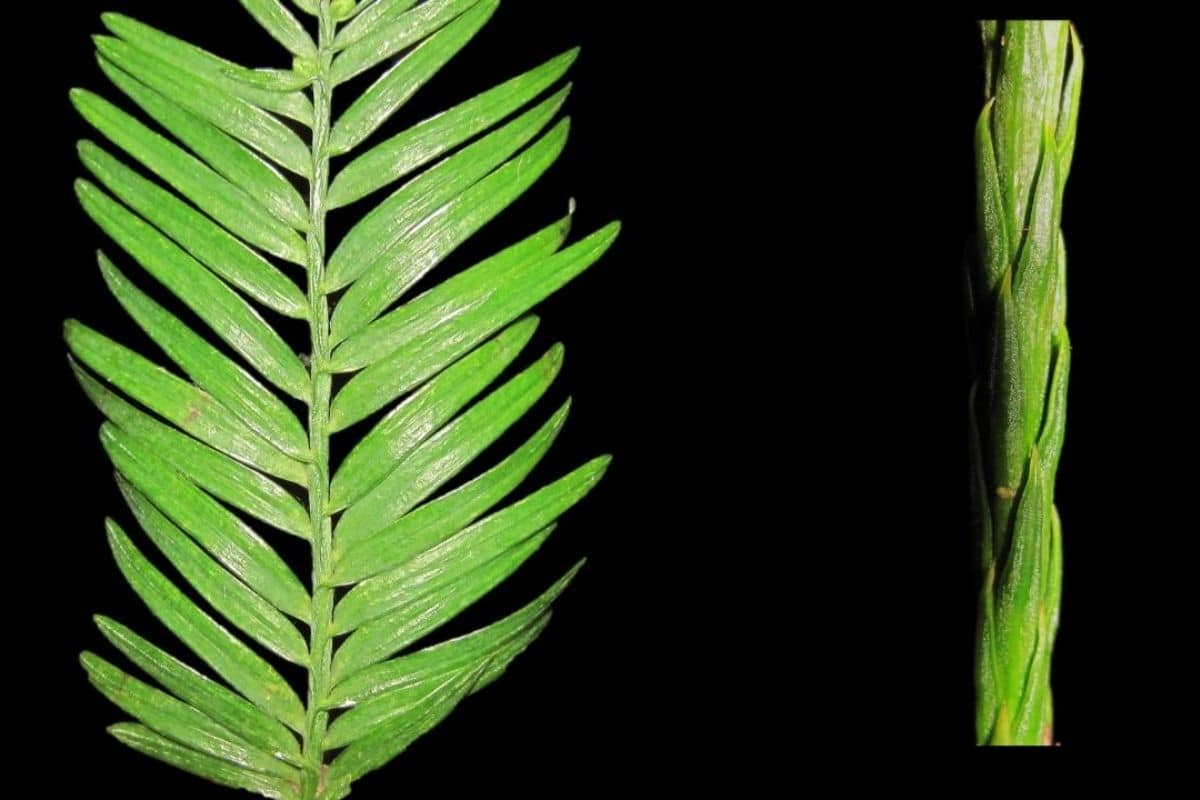
Together, these functionally distinct leaves allow the world’s tallest trees to thrive in both wet and dry regions.
There are many awe-inspiring trees in the United States, including the famed sequoia. Sequoias are among the most studied trees in the world. Yet they continue to surprise scientists. In a new study researchers have discovered that the famous sequoia has two types of leaves. And they also have a completely different function.
Sequoias are among the largest, tallest and oldest trees in the world. Moreover, they are extremely strong trees, equipped with a fireproof bark and pest-resistant leaves. As a result, they are known for their resilience in the face of the many natural threats they face†
In the study, the researchers collected the leaves of several redwood trees from five forest areas from both wet and dry climates. Then they subjected the leaves to a thorough inspection. It leads to an interesting discovery. Because the sequoia turns out to have two kinds of leaves: one to make food and the other to absorb water.
Two functions
As mentioned, one leaf is particularly busy making food for the tree; converting sunlight into sugar through photosynthesis. The other sheet hardly helps with that. Instead, his specialty is absorbing water. And he’s good at that. It turns out that in the first hour that the leaves are wet, a large sequoia can absorb about 53 liters of water.
Photosynthesis
It’s a smart division. In wet forests, photosynthesis can be inhibited by small layers that cover the stomata of the leaves when they get wet. But thanks to the different leaves that the sequoia has, the tree can still photosynthesize if it gets wet. The leaves in question have a certain coating that slows down water absorption, so that photosynthesis also continues during the wet season.
Distribution
In addition, the two different leaves are also in different places on the tree. In the wet, rainy north coast, the water-absorbing foliage is found on the lower branches of the redwood. The top leaves that catch the most sun are the photosynthesizing ones. In the arid south it is the other way around: the water-collecting leaves are right there at the top of the tree so that they can take advantage of the little bits of rain and fog as much as possible.
Different areas
It means that the two functionally different leaves together allow the world’s tallest trees to thrive in both wet and dry areas. Still, the discovery was unexpected. “Leaves that don’t photosynthesize are surprising in themselves,” said study researcher Alana Chin. “If you’re a tree, you don’t really want to have a single leaf that doesn’t photosynthesize unless there’s a very good reason for it.”
And the sequoia certainly has that good reason. The findings show how particularly unruly the tree is. “It shows that these trees can thrive in all conditions and adapt to different environments,” concludes Chin. Moreover, the discovery shows that even this well-studied tree still has surprises in store for us.
Source material:
†Discovery Uncovers a New Leaf for Redwoods” – University of California, Davis
Image at the top of this article: Alana Chin/UC Davis